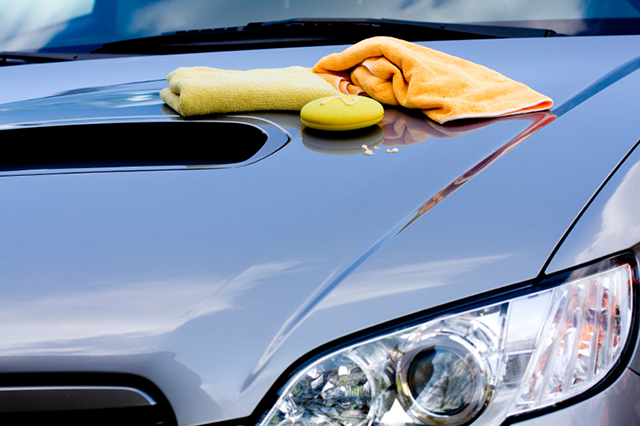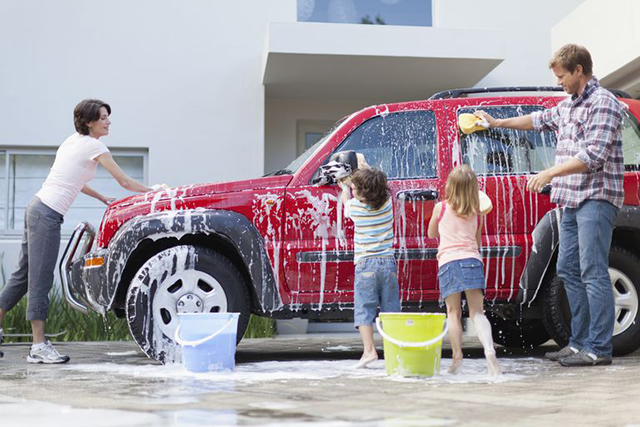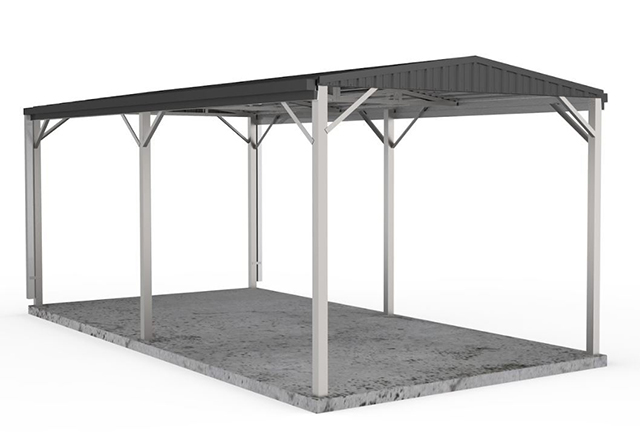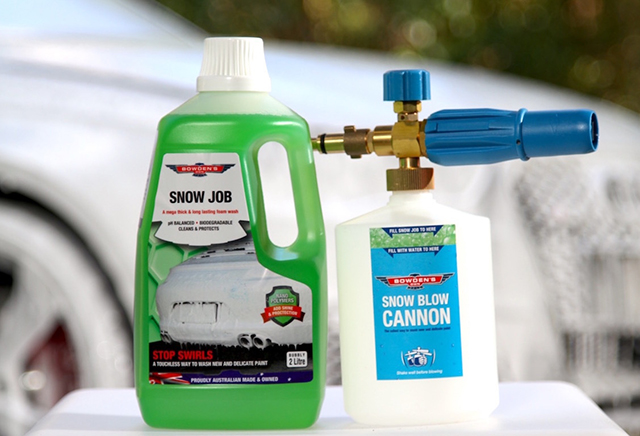
Summer in Australia. Perth has a dry, baking heat. Darwin and the FNQ region has “the wet”. Brisbane and Sydney have a mix of wet heat and thunderstorms. Melbourne and Hobart have their own climate requirements, as does Adelaide.
This makes looking after a car’s paint potentially fraught with region specific issues for a vehicle built to cover a wide environment. Here’s a few tips that may help.
Although it’s not always possible, a garage or carport is a great start in protecting paint. This is a great investment against the number one killer of a car’s outside. Ultra violet rays. These can fry the clear coat cars have that are intended to seal the layers of paint underneath.
An added layer of protection can come from a car cover. This not only keeps the sunlight and UV off, it keeps dirt, dust, rain, and anything else skyborne Most also come with venting in order to allow air flow. This stops moisture build up and potential mould and/or rust forming.

Washing a car the right way can go a long way to looking after paint. Although long gone are the days where a street would be lined with people washing their cars, getting the bucket and cloth out is still a good thing.
Never wash the car in the heat of the day. Whenever and where-ever possible a morning tub is the preferred time. This stops heat shock on the car’s metal and paint. It also stops water drying quickly and spotting on the paintwork and glasshouse.

Wash from the roof down. Gravity pulls the dirty and clean water downwards so it doesn’t pool. Circular motions with a cloth aren’t recommended, use a straight pull from front to rear on the roof, bonnet, and boot, and downwards on the doors and fenders. This stops or minimises the circular micro-scratches so commonly seen on cars.

There are some products that are a spray-on foam style. These work quite effectively by keeping the paint moist and lift away dirt particles as the foam expands upon contact.
Clean micro-fibre cloths are a necessity. In tip-top condition these have an almost zero likelihood of scratching a car’s paintwork. This is important as any opening to the paint below the clearcoats can lead to the water and dirt getting in and starting that process of erosion that we see on cars. That’s that lifting of the clear coat and the look of the clear peeling like a sunburned skin. This leads to the dulling and fading of the main colours.
This is where a good polishing method can also assist. Again a clean micro-fibre cloth is a necessity. Any residual dirt particles can be trapped in a cloth and potentially scratch. Never press hard onto the car’s surface, let the polish itself do the work. And again, always do this in cooler situations. As liquid and cream style polishes have different methods and formulations, following the instructions to ensure the product does its job is a must.
A final tip is to head on out to a car show. Owners and drivers take a lot of pride in the presentation of their vehicles, so they’ll have the inside goss on which products and methods work best.
Have you found methods and products that work best on your classic car or modern ride? Drop us a line via a blog and social media feedback links.